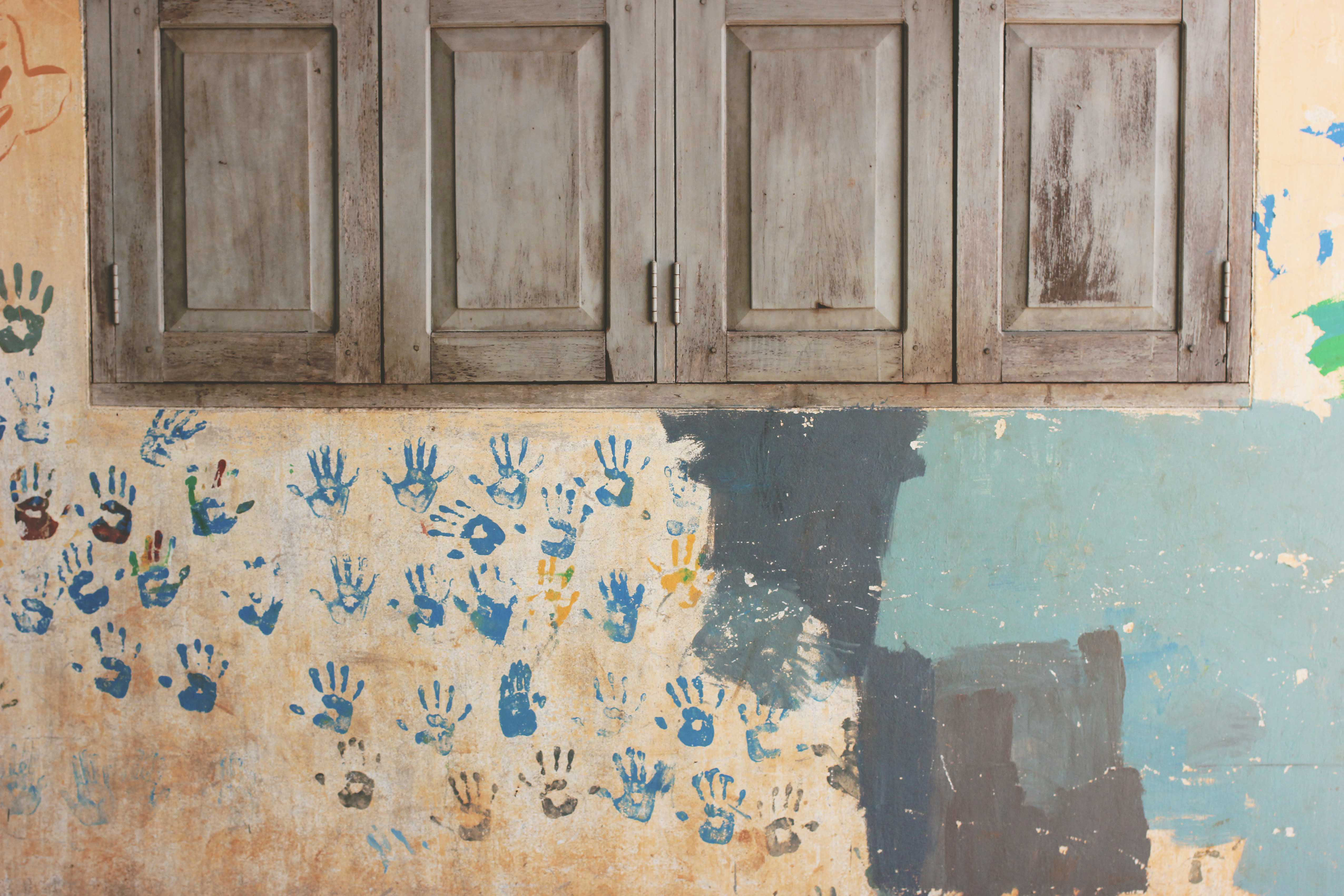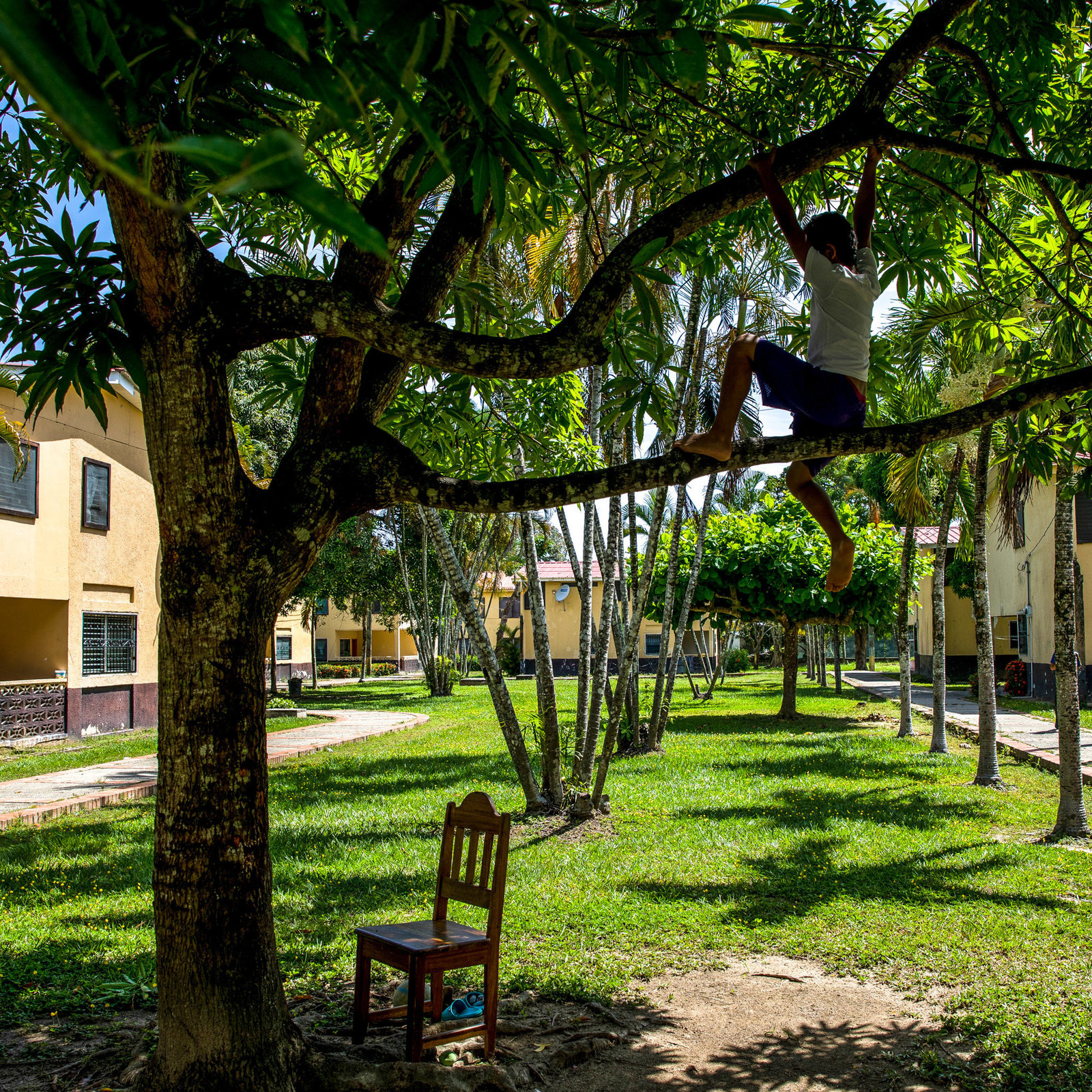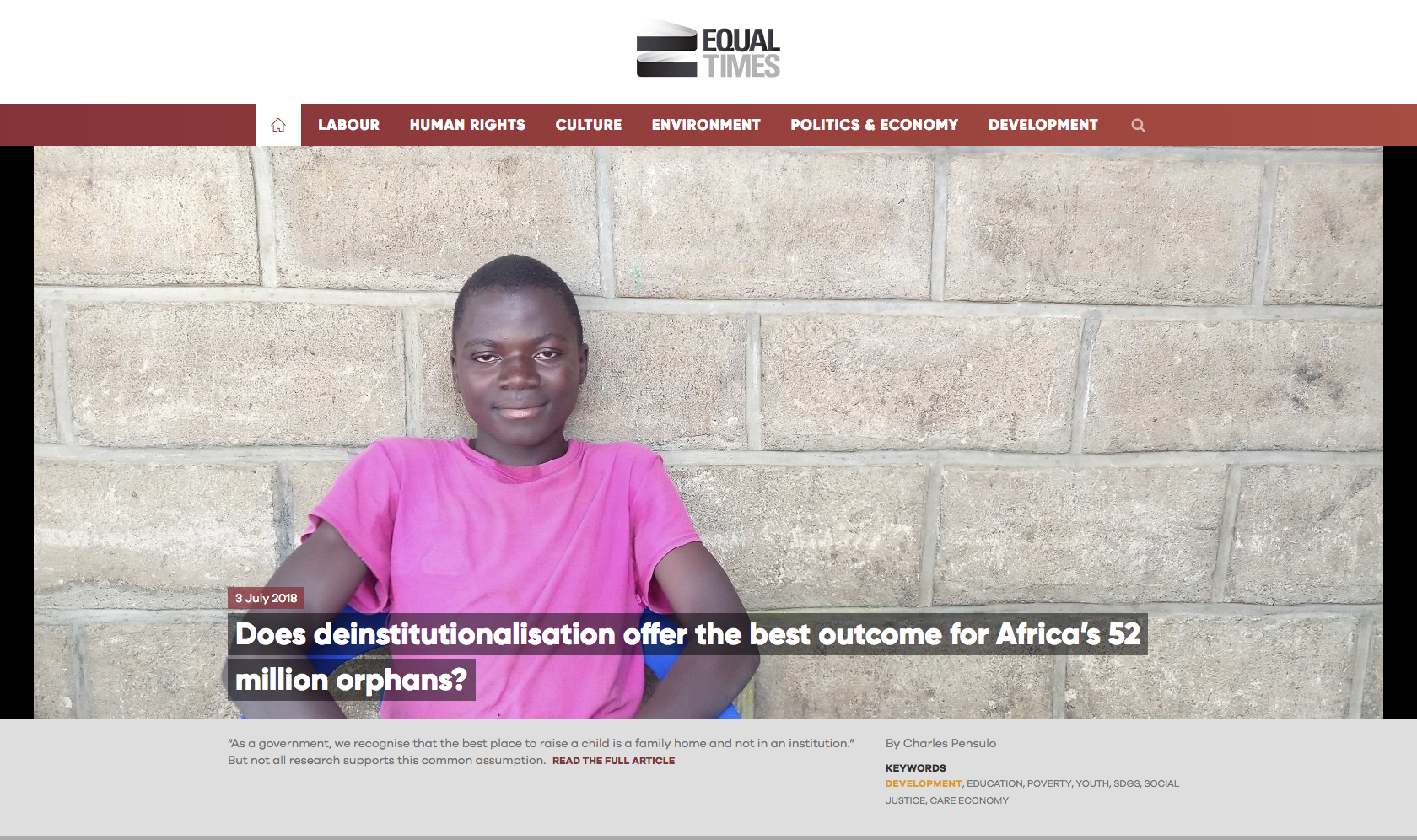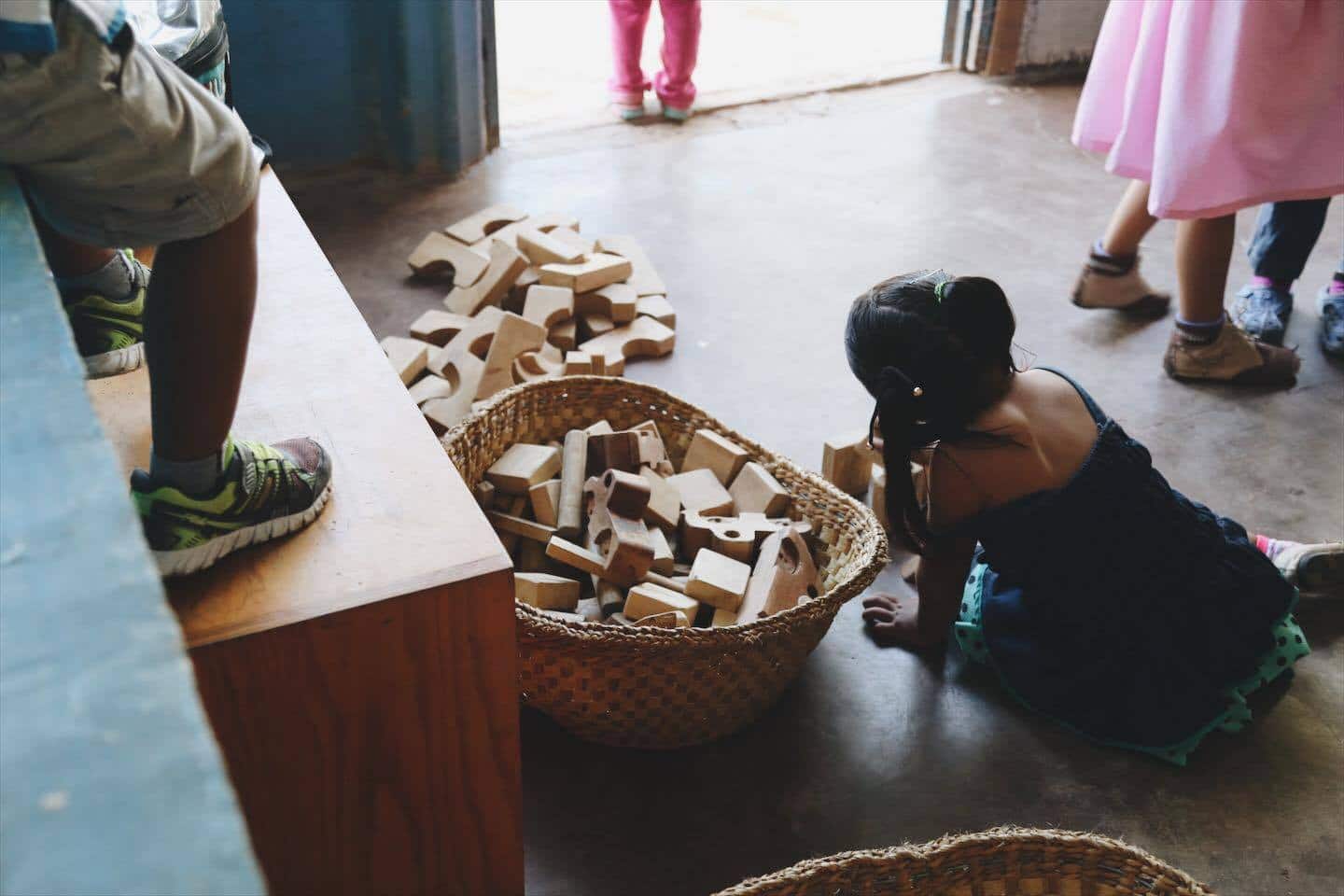Objectives To investigate the prevalence of stereotypies in children with a history of early institutional care, evaluate the efficacy of a foster care intervention compared with institutional care on the course of stereotypies, and describe correlates in language, cognition, and anxiety for children who exhibit stereotypies.
Design Randomized controlled trial.
Setting Institutions in Bucharest, Romania.
Participants One hundred thirty-six children with a history of early institutional care.
Intervention Comparison of a foster care intervention with continued care as usual in an institution.
Main Outcome Measures The presence of stereotypies as well as outcomes in language, cognition, and anxiety.
Results At the baseline assessment prior to placement in foster care (average age of 22 months), more than 60% of children in institutional care exhibited stereotypies. Follow-up assessments at 30 months, 42 months, and 54 months indicated that being placed in families significantly reduced stereotypies, and with earlier and longer placements, reductions became larger. For children in the foster care group, but not in the care as usual group, stereotypies were significantly associated with lower outcomes on measures of language and cognition.
Conclusions Stereotypies are prevalent in children with a history of institutional care. A foster care intervention appears to have a beneficial/moderating role on reducing stereotypies, underscoring the need for early placement in home-based care for abandoned children. Children who continue to exhibit stereotypies after foster care placement are significantly more impaired on outcomes of language and cognition than children without stereotypies and thus may be a target for further assessments or interventions.
Trial Registration clinicaltrials.gov Identifier: NCT00747396




